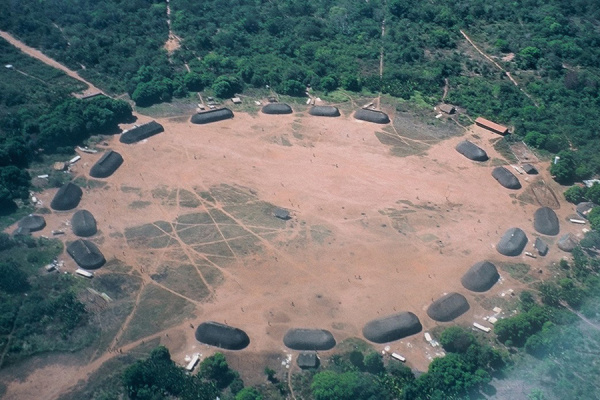Our Research Anthropogenic soils of the Amazon: Origins, extent, and implications for sustainable tropical agriculture
Kuikuru field team mapping archaeological features with GPS and tablet at the Agikuanaku archaeological site, Upper Xingu. Photo credit: Morgan Schmidt
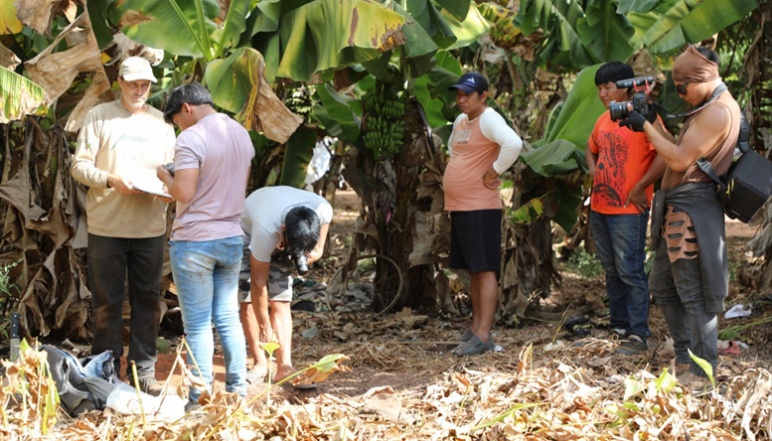
Morgan Schmidt and Kuikuro field team collecting soil samples in a backyard activity area on the edge of Ipatse village, Upper Xingu. Photo credit: Morgan Schmidt
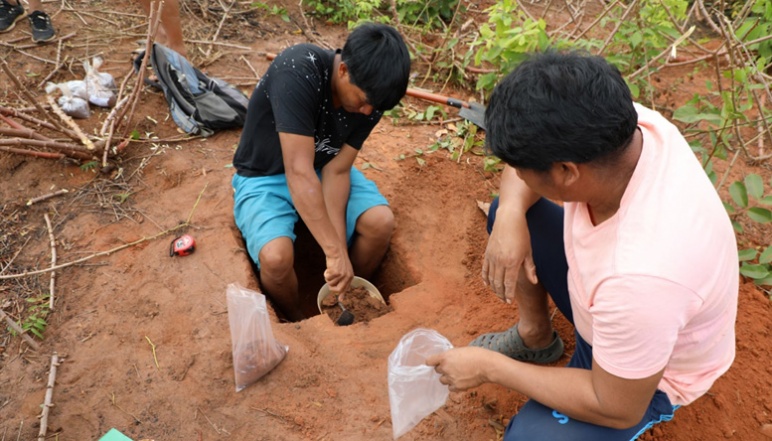
Kuikuro field team collecting soil samples in a manioc field on the periphery of Ipatse village, Upper Xingu. Photo credit: Morgan Schmidt
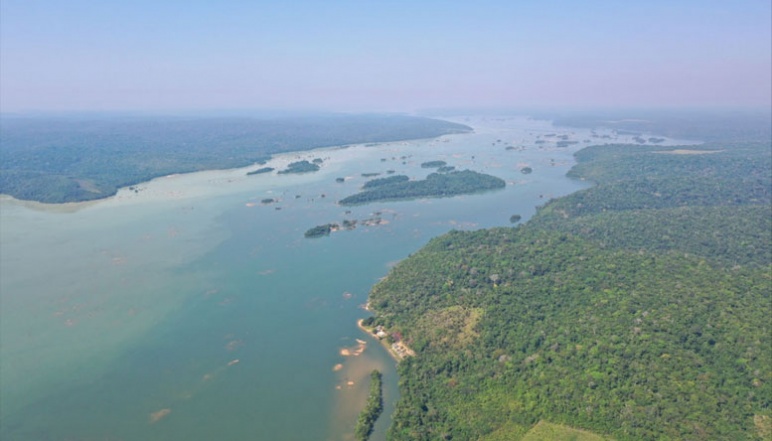
Aerial drone image of the Upper Tapajos River in our study area at the location of a planned large dam. Photo credit: Morgan Schmidt
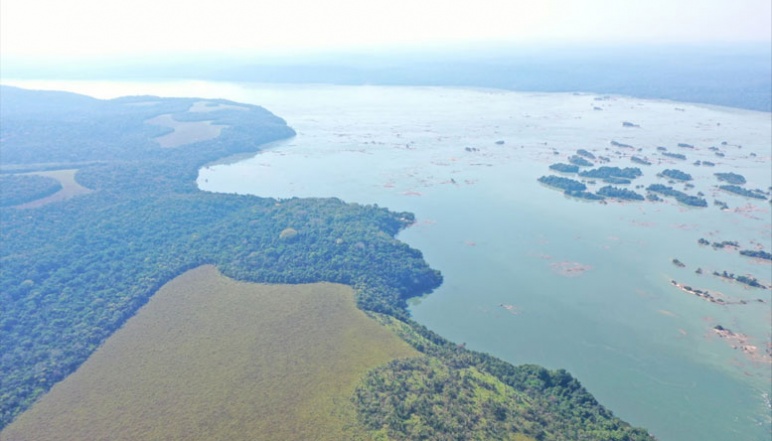
Aerial drone image of the Terra Preta do Mangabal archaeological site (forested area in center of image), Upper Tapajos. Photo credit: Morgan Schmidt
Principal Investigators
Dorothy Hosler
- Professor of Archaeology and Ancient Technology
- Department of Materials Science and Engineering
Heather Lechtman
- Professor Emerita of Archaeology and Ancient Technology
- Director, Center for Materials Research in Archaeology and Ethnology (CMRAE)
- Department of Materials Science and Engineering
Taylor Perron
- Professor of Geology
- Department of Earth, Atmospheric, and Planetary Sciences
Challenge:
If we can determine how ancient people of the Amazon engineered the landscape to create a productive and sustainable agricultural tradition in a marginal tropical environment, it will inform strategies for conserving the soil resources they created and adapting their technology to agricultural development in other tropical regions.
Research Strategy
- Develop a predictive model of the locations and extents of anthropogenic soils in the Amazon to aid the discovery and conservation of these soils
- Test the predictive model by ground-truthing selected locations
- Clarify the “recipe” for creating these rich anthropogenic soils in terms of landscape characteristics, including the role of Amazonian rivers, as well as soil materials
Project description
Many tropical soils are marginal for agriculture because they are nutrient-poor and contain little organic carbon. Yet archaeological evidence shows that some tropical regions supported thriving societies well before the advent of modern agricultural techniques. Between 500 and ~8,700 years ago, ancient societies in the Amazon Basin created and cultivated extensive deposits of rich soils known as anthropogenic dark earth (ADE) or terra preta (“dark earth” in Portuguese). ADEs are so fertile that they are still farmed (and destructively mined) today, and modern researchers are attempting to reproduce them as part of a strategy for sustainable tropical agriculture and carbon sequestration.
Although the origins and extent of ADEs remain unclear, their modern relevance is very clear: If we can determine how ancient people engineered the landscape to create a productive and sustainable agricultural tradition in a marginal tropical environment, we will be able to conserve the soil resources they created and use their knowledge to guide agricultural development in other tropical regions. This PI team is pursuing a multi-disciplinary pilot study that draws on geoscience, archaeology, materials engineering, and machine learning to:
- Develop a predictive model of Amazonian ADE location and extent to aid the discovery and conservation of ADE sites; and
- Clarify the “recipe” for creating ADEs in terms of landscape characteristics, including the role of Amazonian rivers, as well as soil materials.
The team anticipates that this unique ability to combine geospatial and materials analysis techniques with archaeological and cultural expertise will allow us to understand how the evolving rivers of the Amazon shaped ADE formation and generate insights that will help inform agricultural practices in tropical developing nations. The project is a collaboration with Brazilian researchers and indigenous groups, including the Kuikuro Indigenous Association of the Upper Xingu, and the Southern Amazon Ethnoarchaeology Project of the University of Florida.
Outcomes
- Developed a machine-learning workflow for identifying areas of ancient, human-modified soils in the Amazon from remote sensing data, which identified three focus regions
- Developed a quantitative model for the response of Amazon rivers to Quaternary climate cycles, which explains the drivers and mechanisms for the formation of fluvial terraces and bluffs on which dark earth is preferentially located
- Demonstrated that Kuikuro farmers intentionally create dark earth using soil management practices, and reported findings from ethnographic research showing indigenous practices that result in dark earth formation
- Created a geographic information system (GIS) database using satellite imagery, climatic, geologic, topographic, and archeological data that will be a crucial tool for creating predictive models of Amazon archaeological sites
Publications
Intentional creation of carbon-rich dark earth soils in the Amazon
Morgan J. Schmidt, Samuel L. Goldberg, Michael Heckenberger, Carlos Fausto, Bruna Franchetto, Jennifer Watling, Helena Lima, Bruno Moraes, Wetherbee B. Dorshow, and J. Taylor Perron, ScienceAdvances, 2023
News
Additional Details
Impact Areas
- Food
Research Themes
- Soil Fertility & Crop Productivity
- Equity & Access
Year Funded
- 2018
Grant Type
- Seed Grant
Status
- Completed




